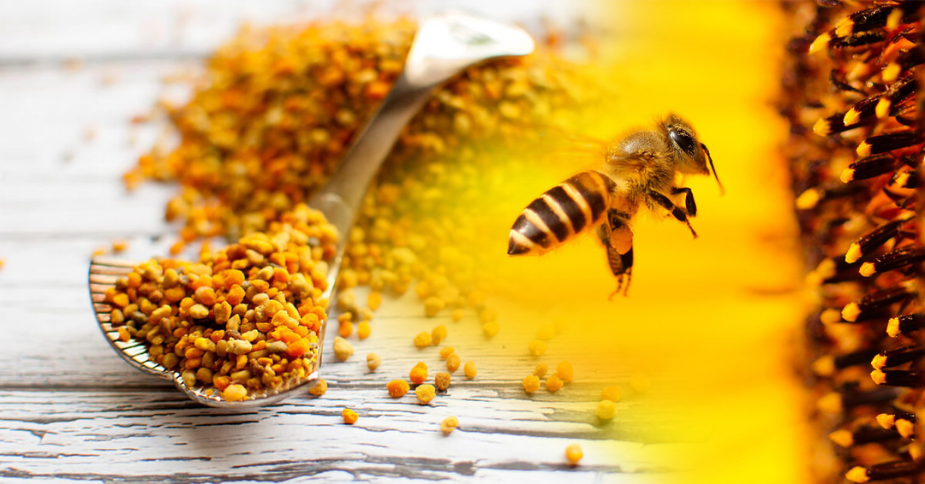
Now that we are increasingly aware of how chemical and artificial our food has become, many people are looking for natural counterparts, which help support our immune system. Bee products such as propolis and bee pollen have therefore been a welcome addition to our food for centuries, because of their rich composition. Propolis is used by humans as a food supplement in various forms, such as spray, syrup, pastilles and drops. Bee pollen tastes delicious in smoothies, salads, drinks and desserts.
Propolis, a natural antibiotic

Propolis is a natural antibiotic for the bee population and protects the bees against various viruses, fungi and bacteria, among other things. Propolis is used to close unwanted cracks and openings in the hive and to coat the walls, which the bees use to protect their hive against unwanted intruders. Hence the Ancient Greek name pro polis ( = for the city). Hippocrates recommended the use of propolis to his clients precisely because of this protective effect. The composition is unique in each case, as a result of which resistance hardly occurs, if at all. This very precious, sticky substance is made of special resins from various types of flower and leaf buds or tree resins from pine, poplar and chestnut trees that are processed by the bees after collection. The main components of propolis are: resins, beeswax, essential oils, pollen, vitamins (such as B1, B2, B5, B6, C and E), minerals (including chromium, cobalt, copper, iron, magnesium, manganese, selenium and zinc) and trace elements.
Why eat bee pollen?
Bee pollen consists of pure pollen - from the male seed - of flowers, neatly held together by a mixture of wax and honey. This creates a very small, compact ball. Bee pollen contains a very large variety of vitamins and minerals, more than 30 enzymes and amino acids, lecithin and trace elements. Pollen grains are also rich in B vitamins and antioxidants, which help protect cells from oxidative damage. Bee pollen also contains a biodiversity of bacteria, which is good for the intestinal flora. Depending on which flowers the pollen comes from, the pollen grains can vary greatly in colour and taste. Sometimes the pollen has a slightly sweet and nutty taste, sometimes the taste is more bitter.
Pollen grains full of vitamins, minerals and enzymes
One tablespoon of bee pollen contains no less than 2.5 billion grains of pollen. Pollen grains cannot be synthesised in a laboratory. If you give fake pollen to bees, they will die immediately. Pay close attention to where you buy them. Mattisson, for example, supplies 100% certified organic bee pollen. Premium bee pollen consists of soft and fragrant grains which have not been pasteurised or heated to make them more durable. Heating also destroys a large part of the qualities of bee pollen. You can use the pollen in smoothies, salads, drinks, cold dishes and desserts.
Recipe Bee pollen smoothie

INGREDIENTS
1 banana, peeled
1 kiwi, peeled
100 g frozen raspberries
28 grams protein powder
2 tablespoons bee pollen
2 teaspoons cocoa nibs
1 tablespoon linseed
350 ml unsweetened almond milk
pinch of cinnamon
1 teaspoon honey
PREPARATION
Cut the kiwi into thin round slices (keep 2 slices for garnish) and put the rest in the blender. Break the banana into pieces and place in the blender. Add the protein powder, raspberries, 1 tablespoon of bee pollen, flaxseed, almond milk and a pinch of cinnamon to the blender. Blend until it is a smooth smoothie. Spread a teaspoon of honey on the rim of two glasses to create a nice sticky edge. Dip the glasses in the remaining tbsp of bee pollen and decorate with a slice of kiwi. Divide the smoothie between two glasses and finally add a teaspoon of cacao nibs.
Order NOW the Propolis and Bee Pollen Package at Amanvida! With a FREE LaDrôme Propolis nose stick inhaler worth € 3.50 + FREE shipping of your package!
NOTE: these packages come in a normal box, without the bamboo rack as shown in the mood picture.






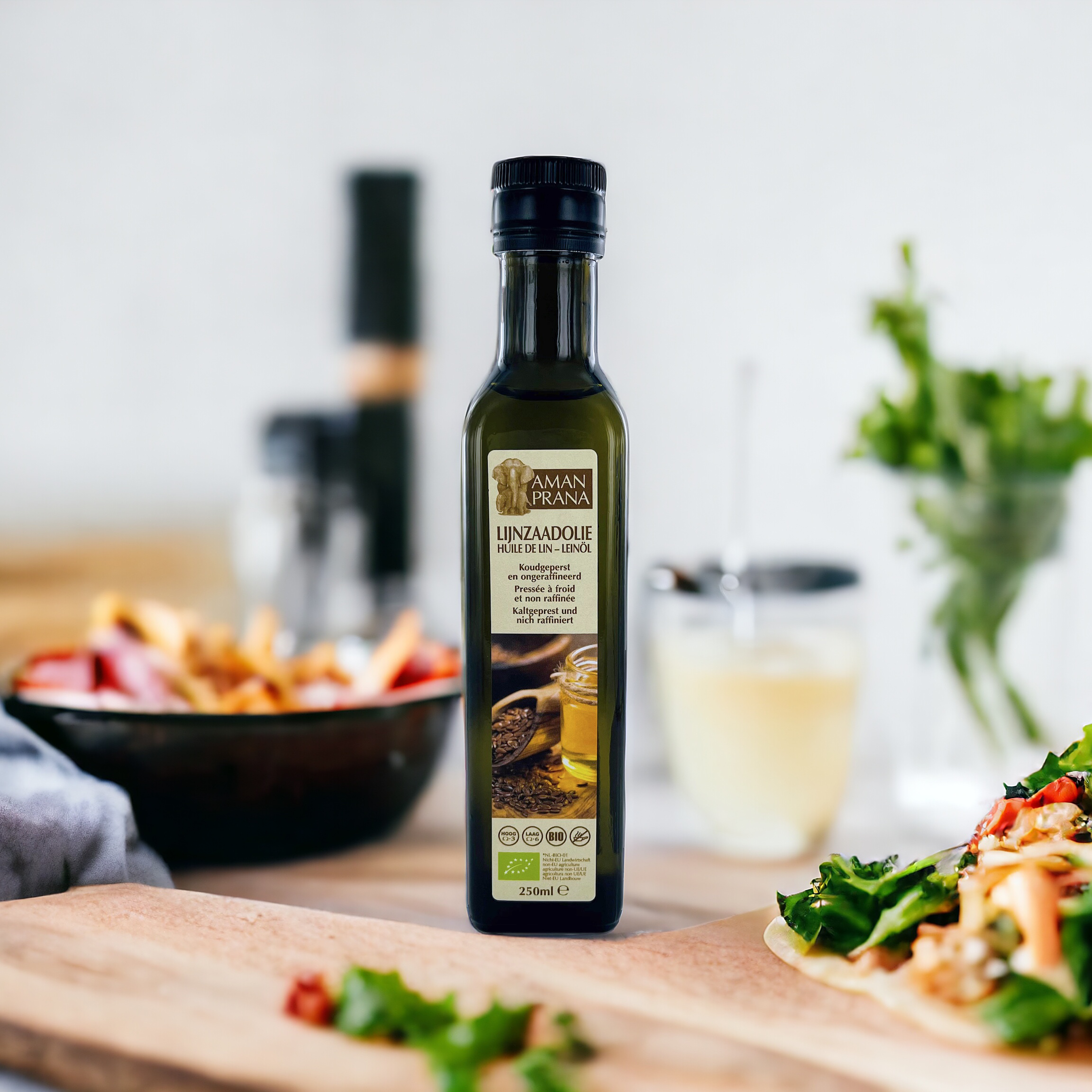

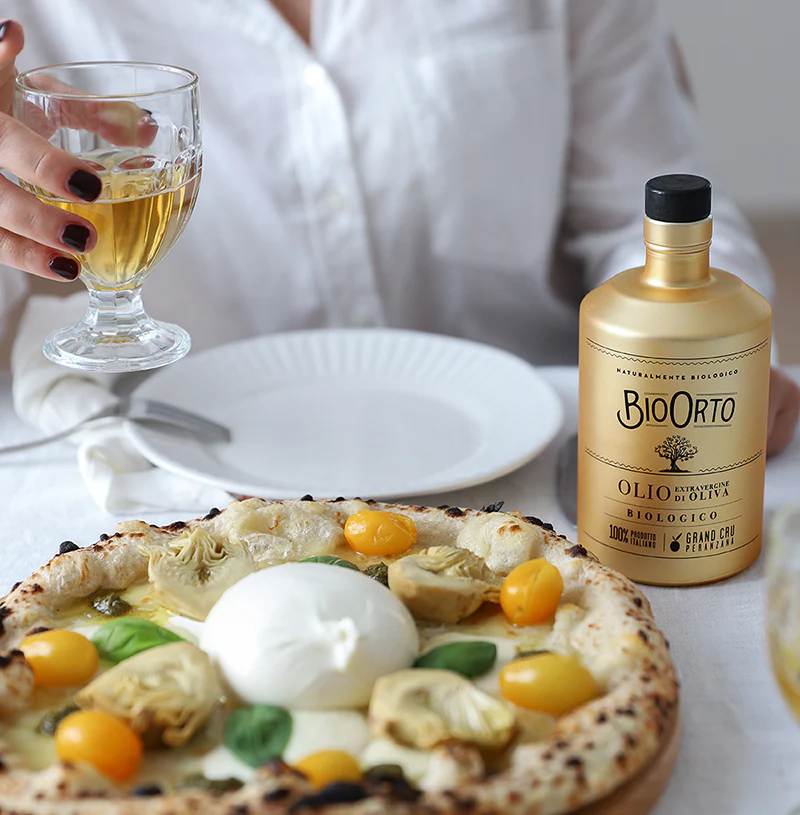
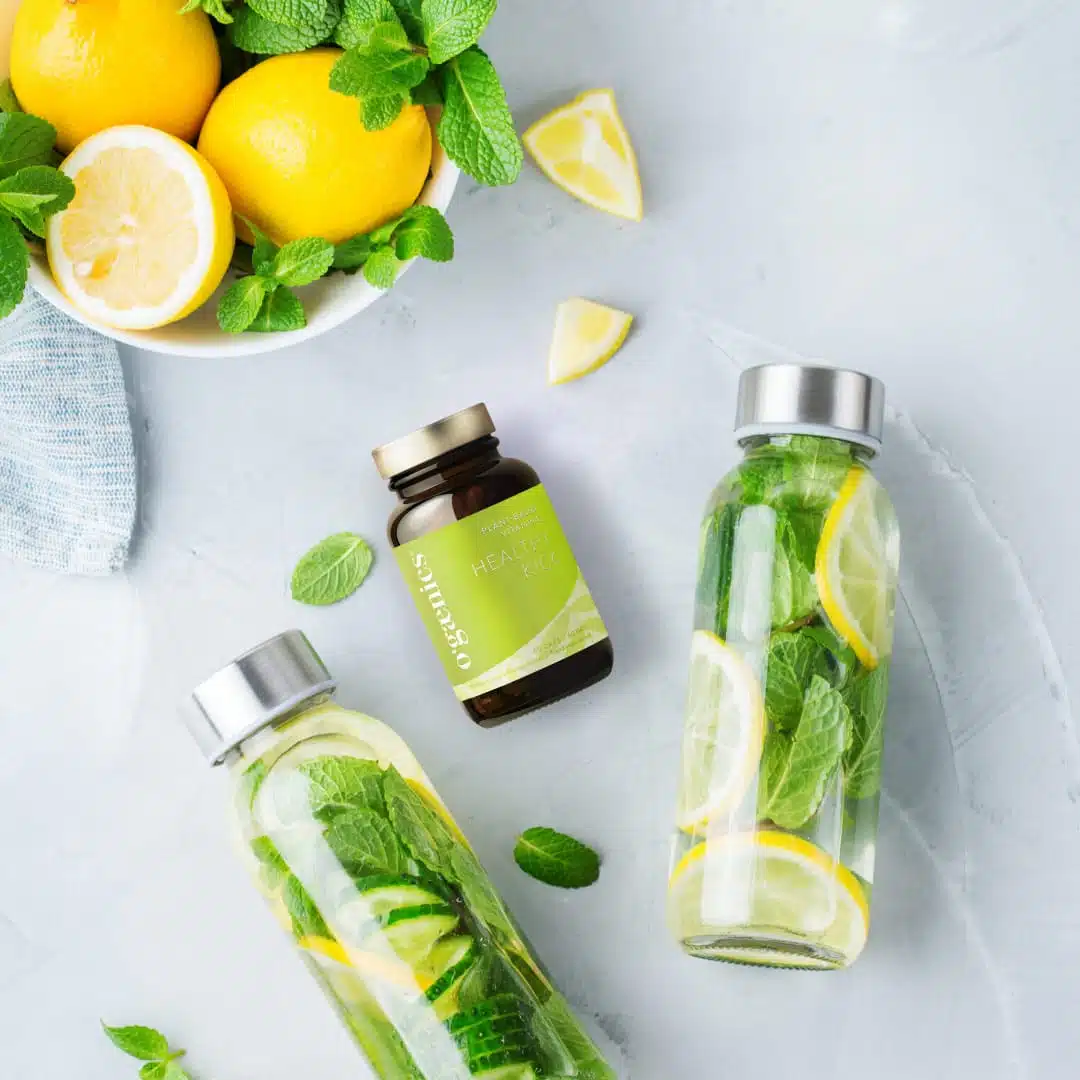
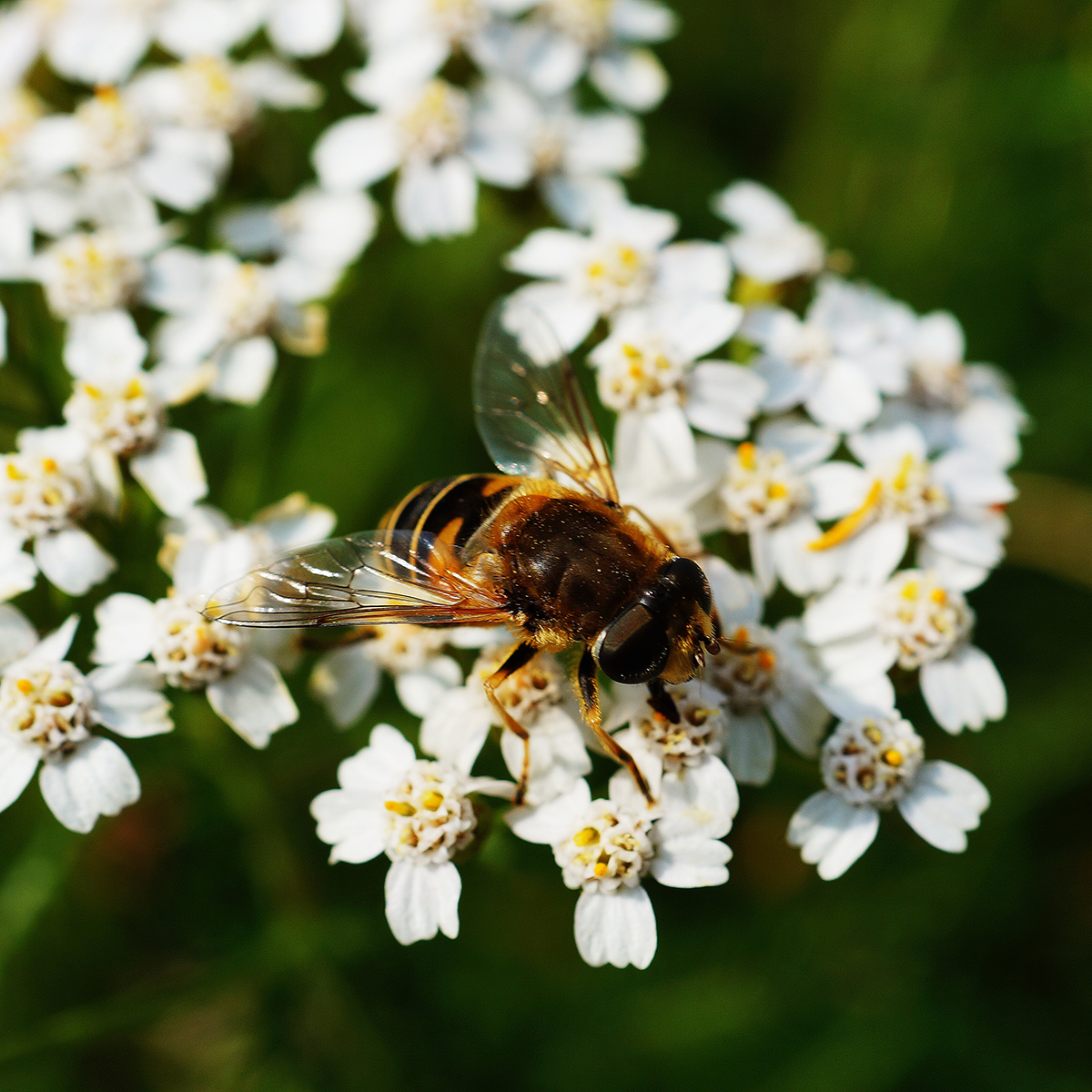
The information below is required for social login
Sign In
Create New Account